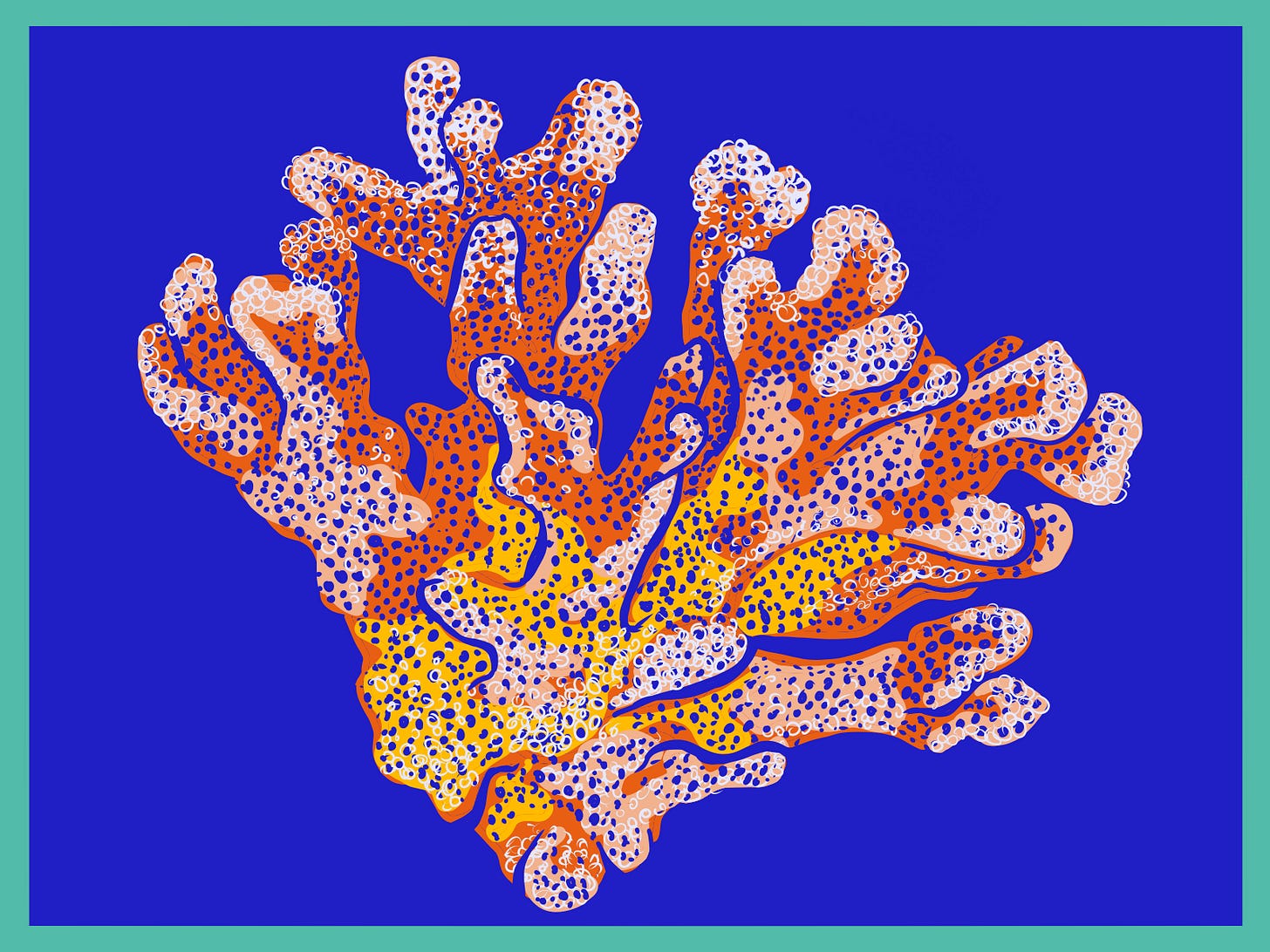Why we need marine protected areas
Our oceans already sequester 2.8B tonnes of carbon per year. It’s time to kickstart a cycle of conservation, protecting them so they can protect themselves and the planet in turn.
From coral reefs to mangroves, kelp forests to coastal habitats, we need marine environments more than ever. The ocean is a great asset when it comes to climate change mitigation; it currently sequesters around 2.8 billion tonnes of carbon every year. But this sequestration relies on functioning ecosystems, with high biodiversity and expansive, healthy habitats.

Marine biodiversity is, however, rapidly diminishing as a result of human development. The primary human stressors include overfishing, climate change, shipping and pollution. In order to reduce these stressors, a bid has been made to protect 30% of the ocean by 2030, through the creation of marine protected areas (MPAs). This will involve designating and maintaining a network of ocean areas where conservation is prioritised.
These spaces will become sanctuaries for nature above all else.
Currently, only 7.65% of the ocean is protected, with various sources arguing that many of these MPAs are ineffective. These arguments are based on a number of factors, including low levels of genuine protection from human stressors such as anchors or fishing. There is evidence that indicates that the most ecologically beneficial MPAs are ‘no-take zones’ – where fishing is totally banned. However, these no-take zones are often in areas where subsistence fishers rely on fishing for food and income.
We are making considerable progress; public awareness of the need to protect oceans to fight climate change is growing.
Several countries have implemented large MPAs in recent years. One of these is Brazil, where two large parks were created in 2018, bringing the overall protection of Brazil’s national waters to (up to) 25%.

However, these two parks were created in areas where there were minimal conflicts with human interests at the point of creation, meaning they would not have the greatest impact on ecosystems. Instead, MPAs should be introduced to protect areas where industrial and unsustainable resource extraction is occurring.
We need to take a more active approach, starting with ‘rewilding’. This might look like overt management of habitats which have been previously degraded, or the reintroduction of keystone species. Rewilding enables faster growth of the ecosystems which the MPAs are protecting, and there are many projects around the globe which have been very successful.
In the UK, Project Seagrass has collected over 1 million seagrass seeds and is growing and planting these in Dale, West Wales. Furthermore, PROYECTO M.A.R.E.S, based in Tenerife, is demonstrating how community-focused rewilding can provide benefits to ecosystems and to a range of stakeholders. The project removed an invasive population of long-spined sea urchins which had suffocated the cove’s marine ecosystem.
Initiatives like Project Seagrass and PROYECTO M.A.R.E.S not only speed up restoration of damaged ecosystems, but can also provide communities with alternative sources of income to fishing.
Rewilding should be regarded as the paradigm for achieving global objectives and targets to protect marine ecosystems, and in doing so contribute to mitigating climate change.
Ellie Roxburgh is currently doing a master’s in Environmental Technology at Imperial College London.




